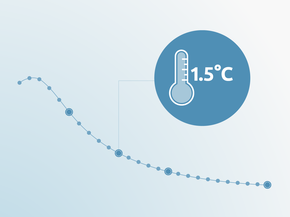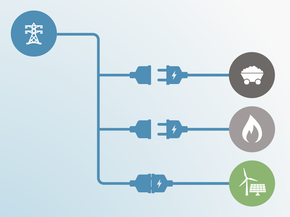Assumptions
Historical emissions
Historical emissions for 1990–2014 were taken from the national GHG inventory (Ministry of Environment Argentina, 2017). The inventory provides numbers in CO2-equivalent calculated with GWP from the Second Assessment Report (SAR). We recalculated CH4 and N2O emissions using GWP from AR4.For F-gases the original values were kept.
The inventory data is also used in the Second Biennial Report but there is a deviation in emissions from fossil fuels combustion in the years 1990 – 1994. We use the data directly from the inventory.
Pledges and targets
NDC absolute emissions levels including LULUCF are provided directly in the NDC for the unconditional and conditional targets (Government of Argentina, 2016a). To distinguish LULUCF emissions from total GHG emissions and calculate its ratings, the CAT assumes that the mitigation efforts will be proportional to the sector's relevance in terms of emissions contribution, thus maintaining the share of each sector's emissions similar across the years until 2030. This assumption is in line with the information provided by the Ministry of Environment on the expected shares of emissions of each sector in the present and until 2030 (Ministry of Environment of Argentina, 2016). We also recalculate the target, that is originally communicated as a number calculated using SAR GWP, to AR4 GWP. To do so, we apply the growth rate between 2014 and 2030 that the original target implies to inventory data in AR4 GWP.
Current policy projections
The CAT projections for Argentina base on various sources:
- For the energy sector we used two alternative scenarios:
- For the “current policies projections”: Energy sector projections from the mitigation scenarios prepared for the 3rd National Communication (Secretariat of Environment and Sustainable Development, 2015). The document covers all energy related emissions under implemented policies. The document does not mention the carbon tax (compare section “current policies” further up).
- For the “additional policies projections”: Energy sector projections from MINEM, published in December 2017 (Ministry of Energy and Mining Argentina, 2018b).
- For the remaining sectors, for all scenarios we use the country’s GHG emissions projections of the 3rd National Communication (Secretariat of Environment and Sustainable Development, 2015)which uses 2012 as base year.
We harmonise the projections to the inventory data by applying the growth rates of the projections to the last available historical data point.
Global Warming Potentials
Previous assessments of the Climate Action Tracker used the global warming potentials (GWPs) from the IPCC’s Second Assessment Report (SAR). For this assessment we have updated all figures and time series to GWPs from the IPCC Fourth Assessment Report (AR4).
Further analysis
Latest publications
Stay informed
Subscribe to our newsletter






